Bull
Bos indicus is a Zebu with a humped back and upright horns.
Bos gaurus is a short-horned species, which has a back that is humped, in an overall way, not like a camel's protrusion.
The oldest copper art relic is the Mehrgarh Wheel ca. 3,000, and the second one is Nausharo Bull Ns-1. This "identifies" IVC in the mind of Parpola:
The origin of animal motifs on Harappan seals and pottery can be traced to the
Indo-Iranian borderlands. From Nausharo I B (c. 2900-2800 BCE) in Baluchistan
comes a compartmented copper seal representing a humped bull and loop on the back
(Ns-1). Such seals with geometrical and animal motifs come from female burials of
the "Shahi Tump cemetery culture" of the Kech-Makran coast, period IIIa (3100-2800
BCE)
Mehrgarh specimen:
Slightly later around the "dawn of script", ca. 2,600, is Nausharo's painted use of the Grand and Rare Zebu comparable to artisan-level seals:
What is notable there is the Bird, which, I would suggest, is metaphysical. It is determinable from that and related jars and seems to be Indian and permanent. Zebu is the only icon to have a pair of scripted birds.
The terms "bull" and "bison" have been slung around for generations, confusing two entities. The Zebu is Grand because he does:
nothing.
He changes collars a few times and that's it. He doesn't have a trough or not. He doesn't look around or move.
Judging it more strictly may reduce the number of claimed "Bull" texts, but won't affect the underlying fact that he does something to the script.
Banawali shows his basic arising with Spear and Fish:
Caged Fish M-1118:
This being the only one of its kind, H-1953 with U II and Horizontal Fish:
Flat Crab with Ears in Mallet:
He affects Wheel in a certain way starting from items that are broken:
with Mirrored Rakes:
facing:
Copper object H-380:
Only *one* other thing even resembles this, Five and Inverted U on H-413:
That is to say, an overhead arch shape, and that only some "round" things actually are round, whereas most Wheels are almond or mandorla-shaped, as if by compression.
Whatever it really is, has an aspect that is strongly conditioned this way by the Bull.
He has various texts with low internal consistency.
Flat Crab or Striped Bowtie M-1116:
Three Mountains and X M-261:
X and Striped )) M-1111:
Winged Man between Posts on M-1107:
M-1115 with basic throne or hut:
Lothal Bull Text 7074:
"Rainy Nine" -- pseudo-Crab -- two "Quotes" -- Crab -- "Pinwheel"
Montage that easily shows two Wheel shapes:
He has cordoned a perimeter, and there are some easy reasons we can see how he is the platform upon which Four proceeds to Five.
First of all, he takes the most powerful one of the Ivory Rods:
There are just two signs other than “quotes” and “posts” that repeat four times in a row: QUADRUPLE CEES (M-136) and QUADRUPLE TRI-FORKS (M-1123).
M-1123 is a graphic design with a large "Bearer" and four diminishing "Branches" as they run up the hump of a Zebu.
He has got the Four Branches as from the Rods where they are going from Three to Four, and he, geometrically, makes them go uphill. Is this what the Bearer is bearing?
The next transition, however, comes from a collusion of shapes formulated elsewhere.
The Bull acquires its net result, which is Tau with adjoined Enclosures, as can be seen elsewhere but not with animals.
M-1202:
Tablet H-219 with inscription (right to left): BARBELL ON POST /
5 POSTS / RAKE. The first two signs often occur together, but no
other apparent numeral appears with BARBELL ON POST like this.
Then, the completed symbol is fortunate or favorable to Five.
It is not common with any imagery.
Zebu M-1112:
M-266:
The thing he has got comes from the domain of multi-faceted objects.
That means that explanatory remarks are found on the edges of objects.
It's misleading to describe them in any way other than number of lines per face. Auto-generated concordances usually lose the details by combining lines. At other times they are simply ignored.
M-326 begins with a line similar ("))") to five-sided M-495:
BOAT / PINCH // POTTED ONE / FISH UNDER CHEVRON / DOUBLE CEES // POT /
The thing most famously called a "Cube", M-326, would definitely be a tale of One Branch beside Person holding "U":
Well, if you notice, towards the upper right, face "C" has not been documented anywhere.
It's a Branch and, maybe a person saying something.
A Banner has been added, as if from a Rhinoceros text, and, something is going on with that symbol. No Five is there, but, there are what look like components of evolution.
Are Upper and Lower Branches the Asterisk of L-66?
The full symbol has continued and again there is "))".
The term of a six-sided "cube" is misleading, because usually only five faces are inscribed because one is left blank having the boss.
Although we are disinterested in most of these comments, in this case, it recognizes the "headless thing" as frog, while associating this symbol with Tau:
However, we would suggest sign 408 has some assembly required.
A special relation to Branch and the narrowness of this field are immediately obvious from the concordance of Five:
Branch is at the top of the whole thing, and again with Person holding U beside a sprout-like Coil and Conjoined Enclosures.
I have speculated that Conjoined Enclosures with Slashes are showing rotation, which, when it levels out, forms this horizontal bar, and extends and separates them.
Only two of those references are to a single-faced object. Five prefers to be something like a typical U III text, or, an elaborate version of it.
Consequently, it has an affinity for the Bull above and beyond other animals. The Unicorn is like a vessel, the recipient of text generally distributed from everywhere else.
The Bull does have Three and Two with Bird-face Goddess, but, unlike others, he uses Four Branches and a particular Five.
That's not ordinary counting, it's something like a bottleneck where low numbers have to be used in certain ways first.
It may have to do with Five Rivers, or Panchajanya or Five Tribes, or Indra, or the Pathani Damb version could easily be the Bull of Heaven. It may have multiple meanings, it could be five sciences, metals, ritual steps, food, or even something directly apparent in the seals we have not figured out yet.
For the time being, it suffices to say that Bull and Five is a fairly specific sub-genre, which would be hugely inconvenient if they represented common, mundane aspects of speech, such as five cows in a tax or trade context.
- Home
- Forum
- Chat
- Donate
- What's New?
-
Site Links

-
Avalon Library

-
External Sites

- Solari Report | Catherine Austin Fitts
- The Wall Will Fall | Vanessa Beeley
- Unsafe Space | Keri Smith
- Giza Death Star | Joseph P. Farrell
- The Last American Vagabond
- Caitlin Johnstone
- John Pilger
- Voltaire Network
- Suspicious Observers
- Peak Prosperity | Chris Martenson
- Dark Journalist
- The Black Vault
- Global Research | Michael Chossudovsky
- Corbett Report
- Infowars
- Natural News
- Ice Age Farmer
- Dr. Joseph Mercola
- Childrens Health Defense
- Geoengineering Watch | Dane Wigington
- Truthstream Media
- Unlimited Hangout | Whitney Webb
- Wikileaks index
- Vaccine Impact
- Eva Bartlett (In Gaza blog)
- Scott Ritter
- Redacted (Natalie & Clayton Morris)
- Judging Freedom (Andrew Napolitano)
- Alexander Mercouris
- The Duran
- Simplicius The Thinker







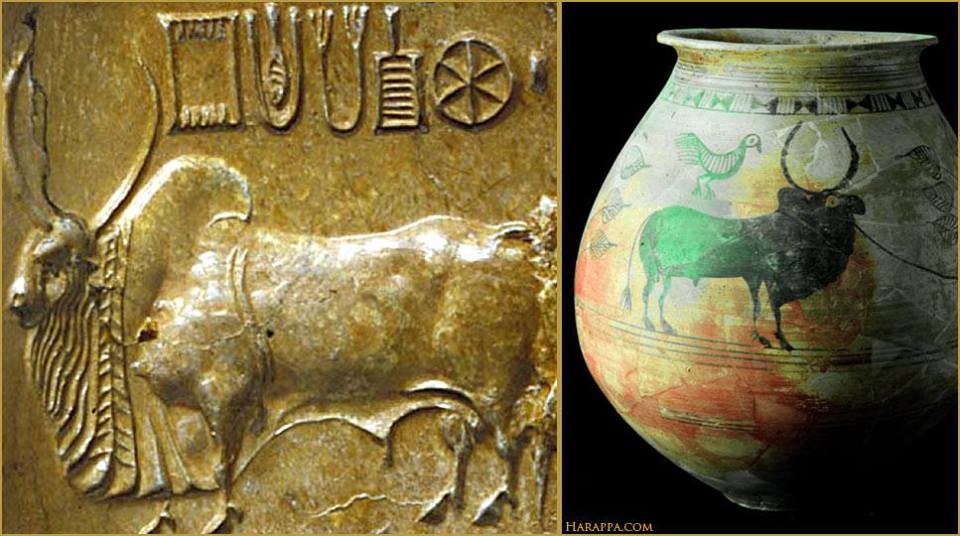


























 Reply With Quote
Reply With Quote











































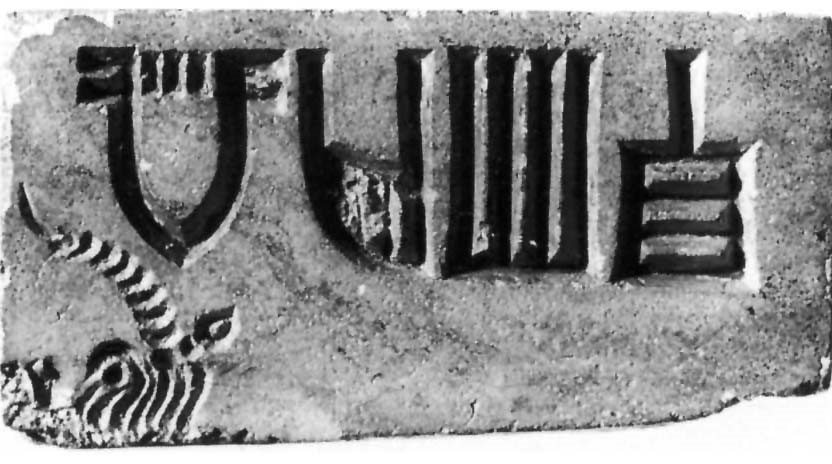
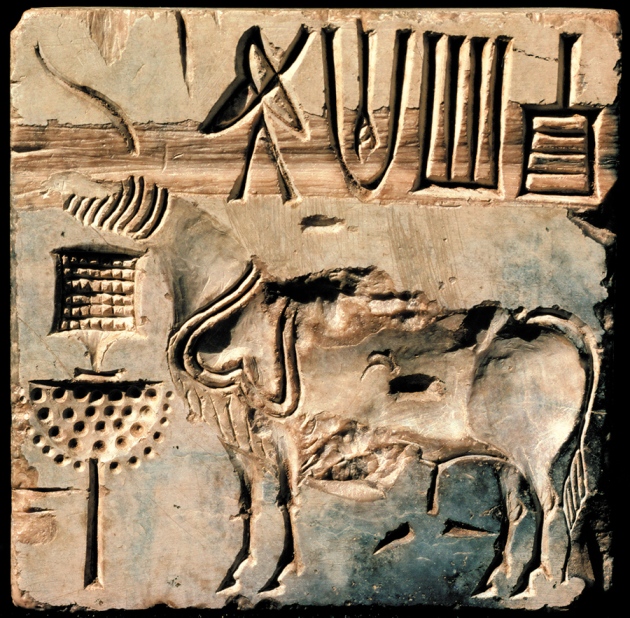



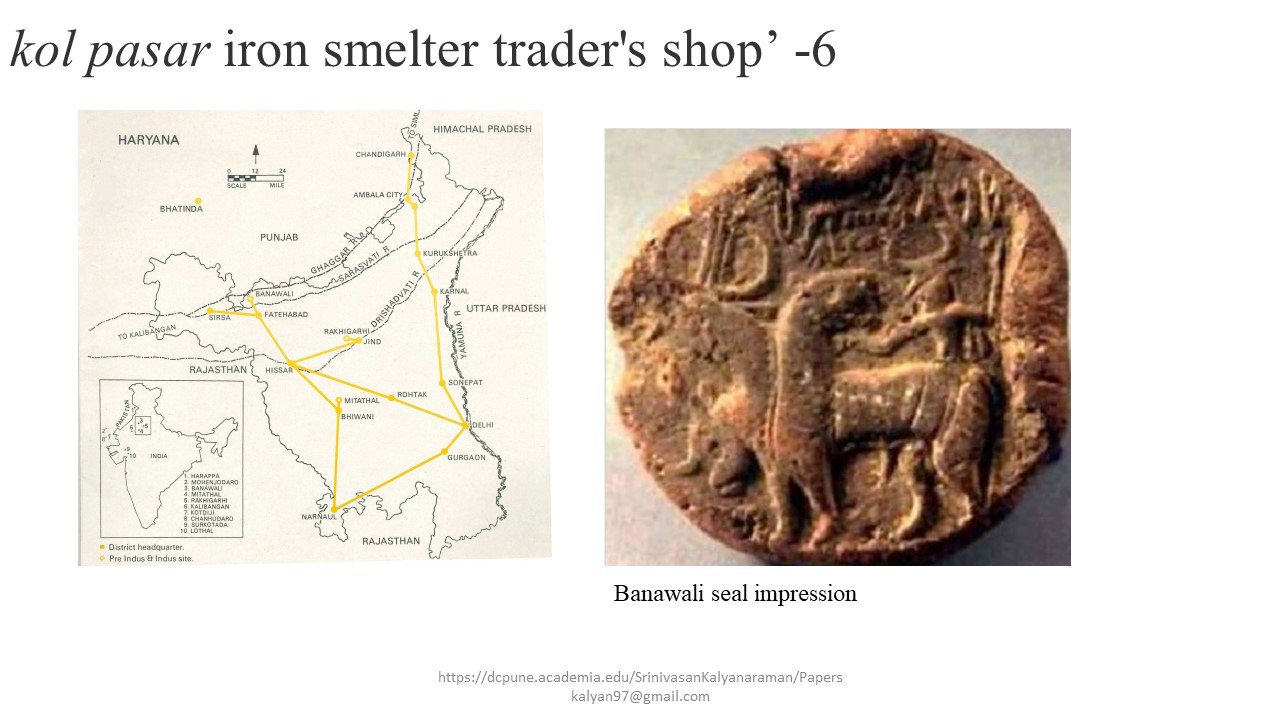

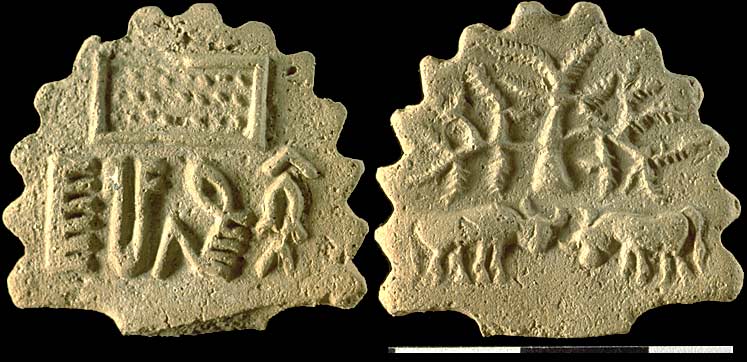
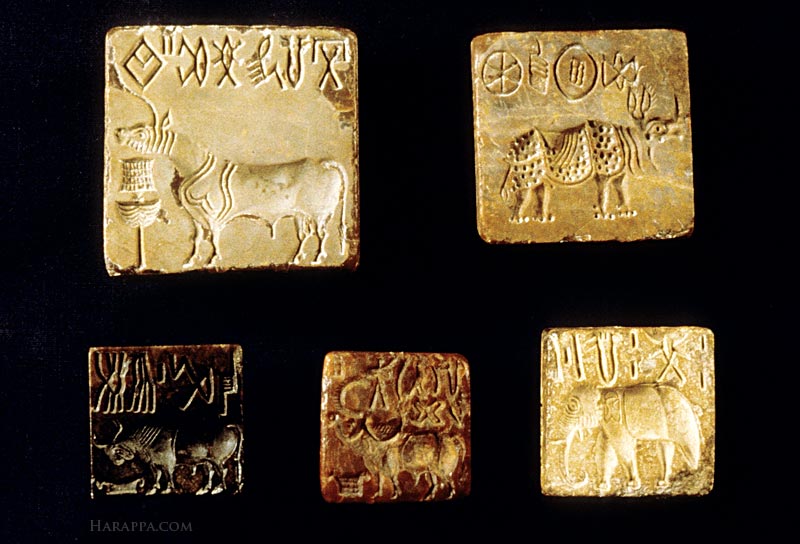
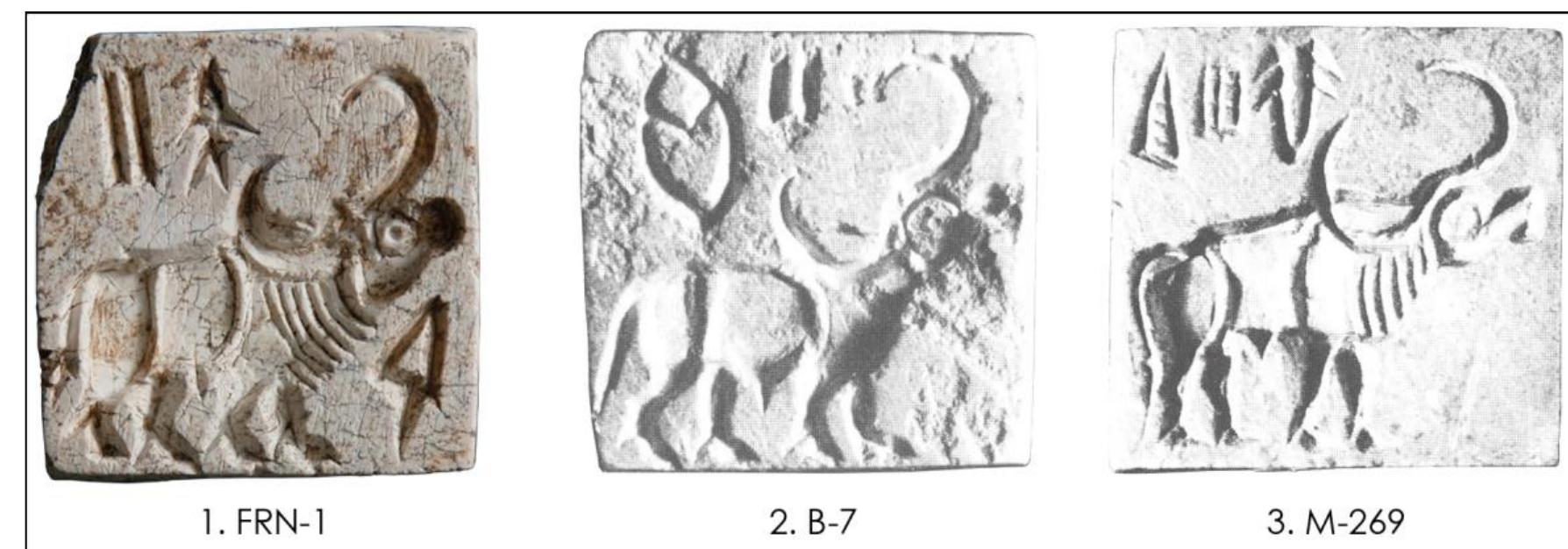





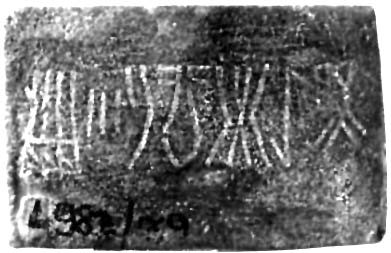















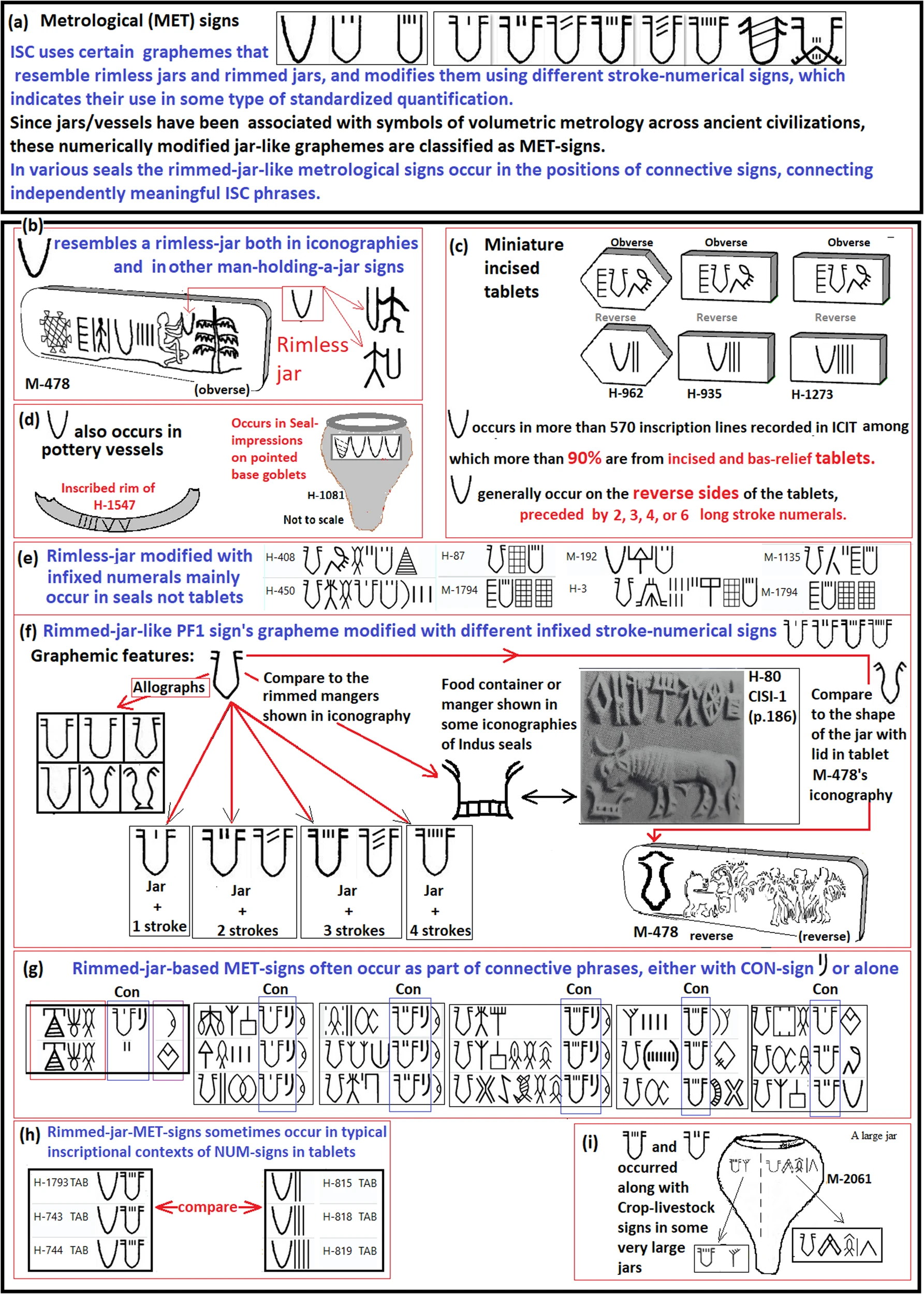



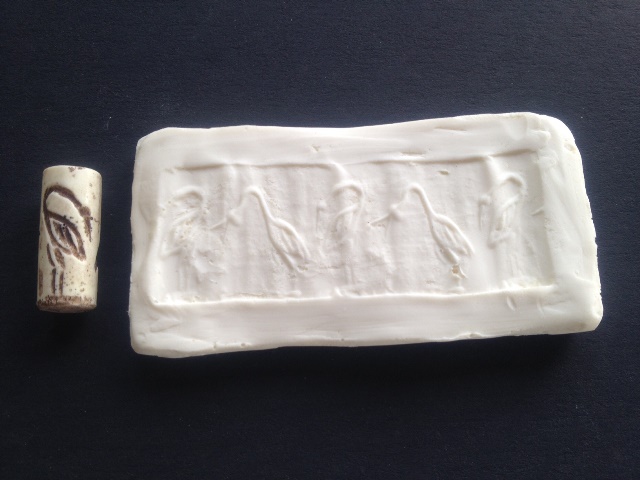
























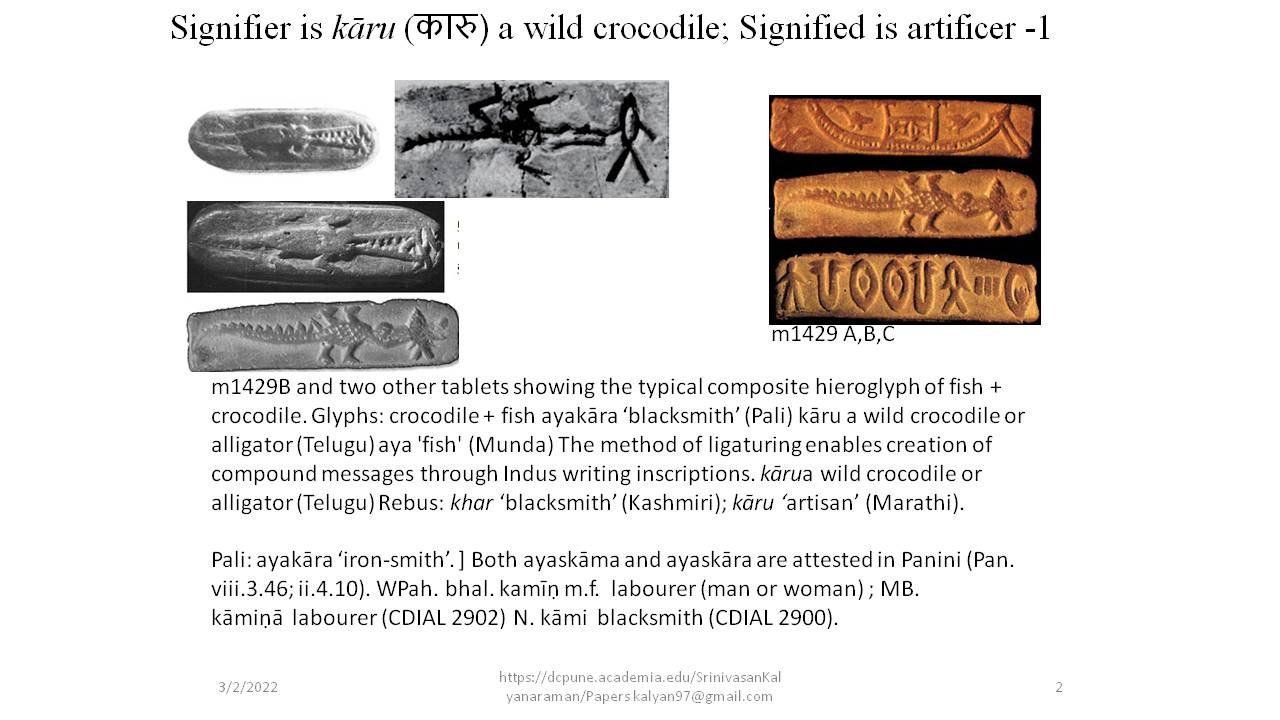




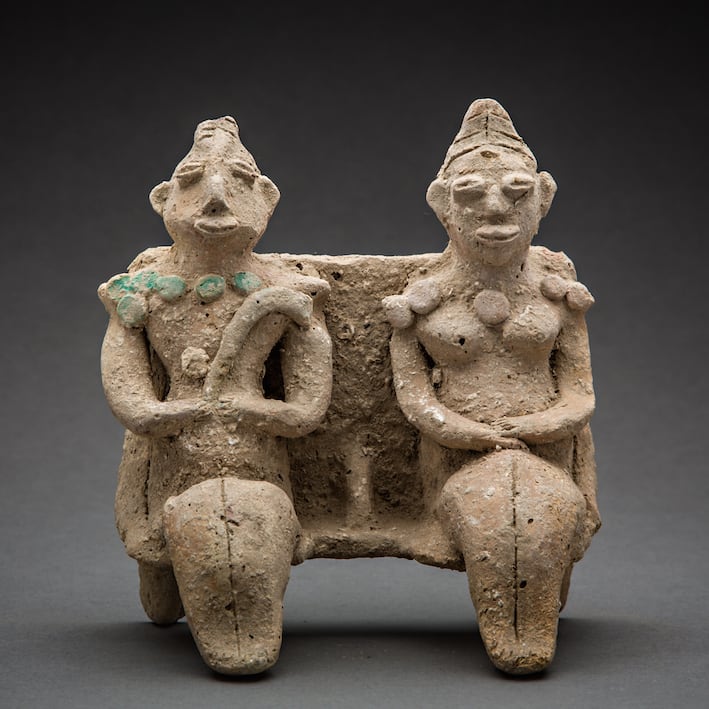
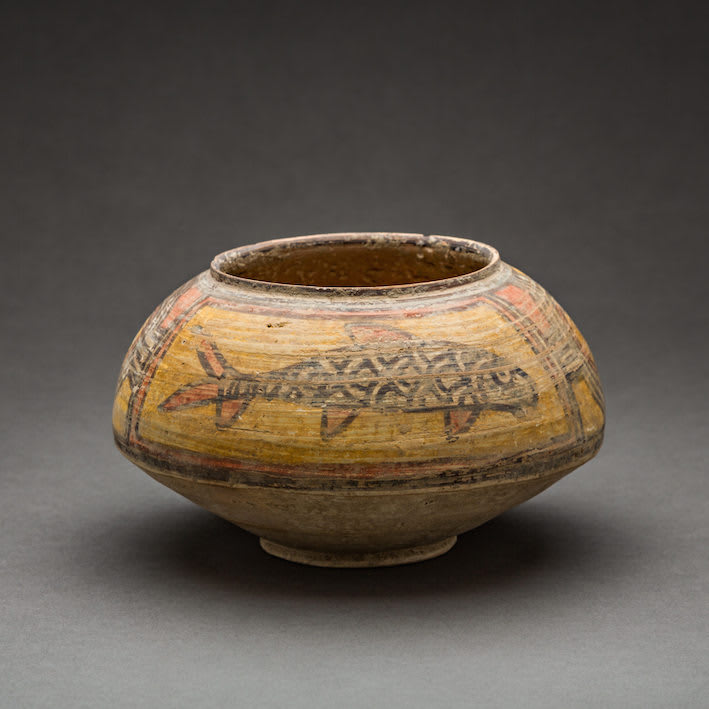




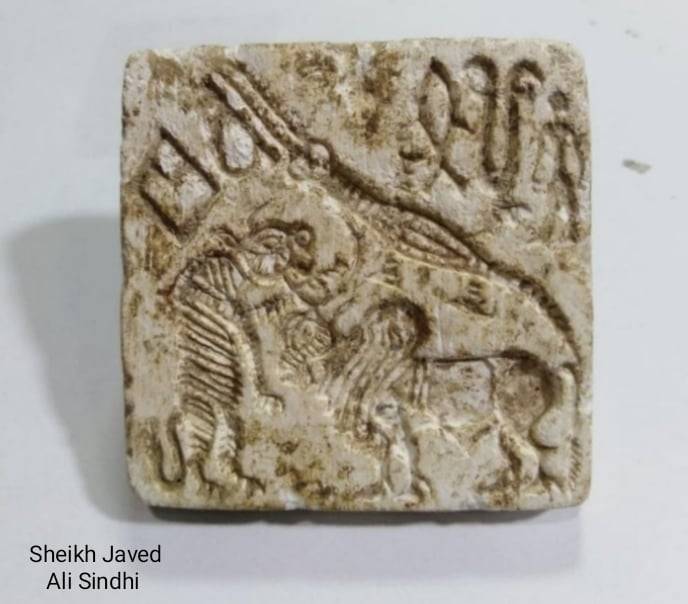














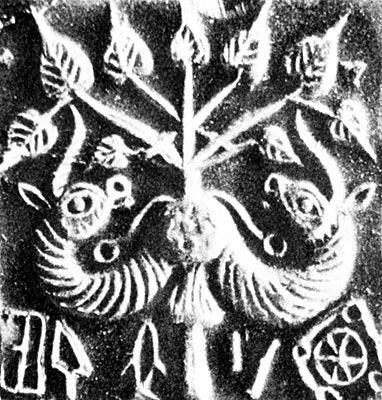
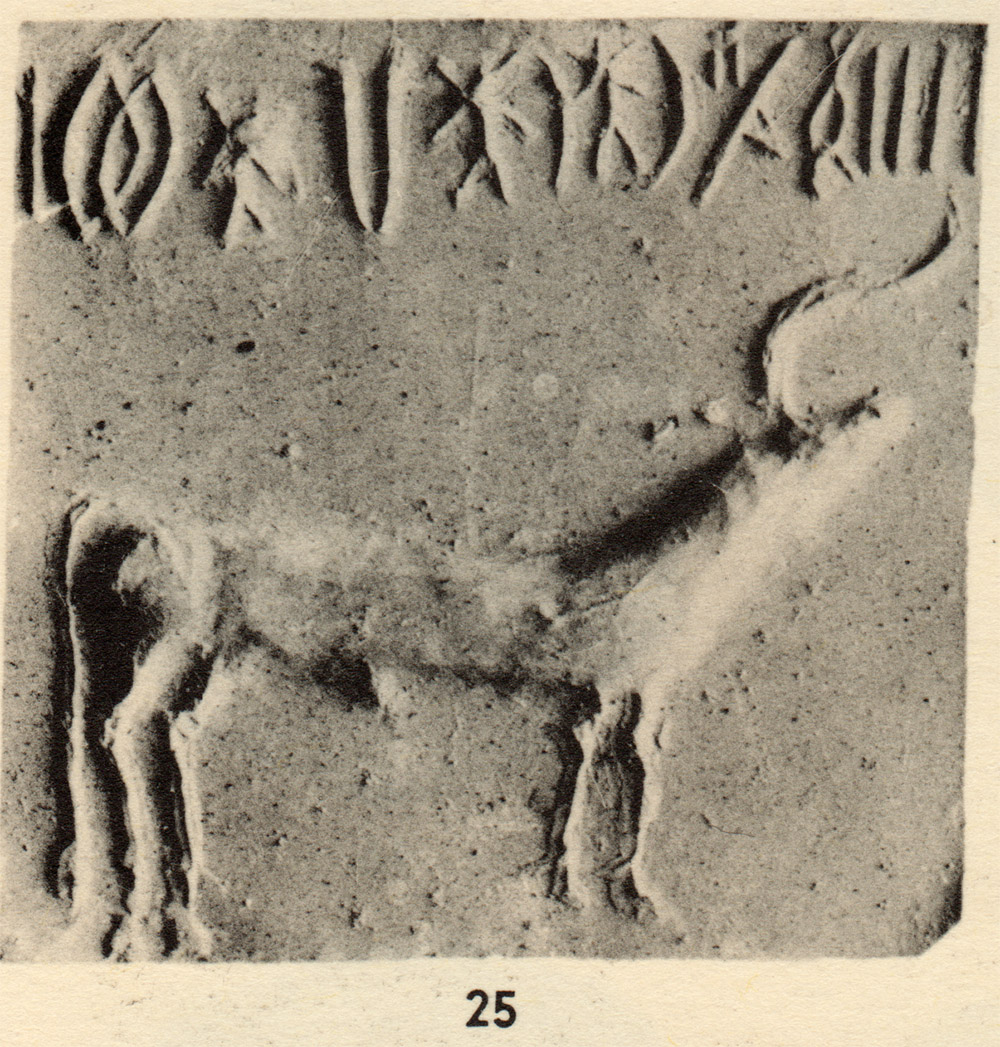



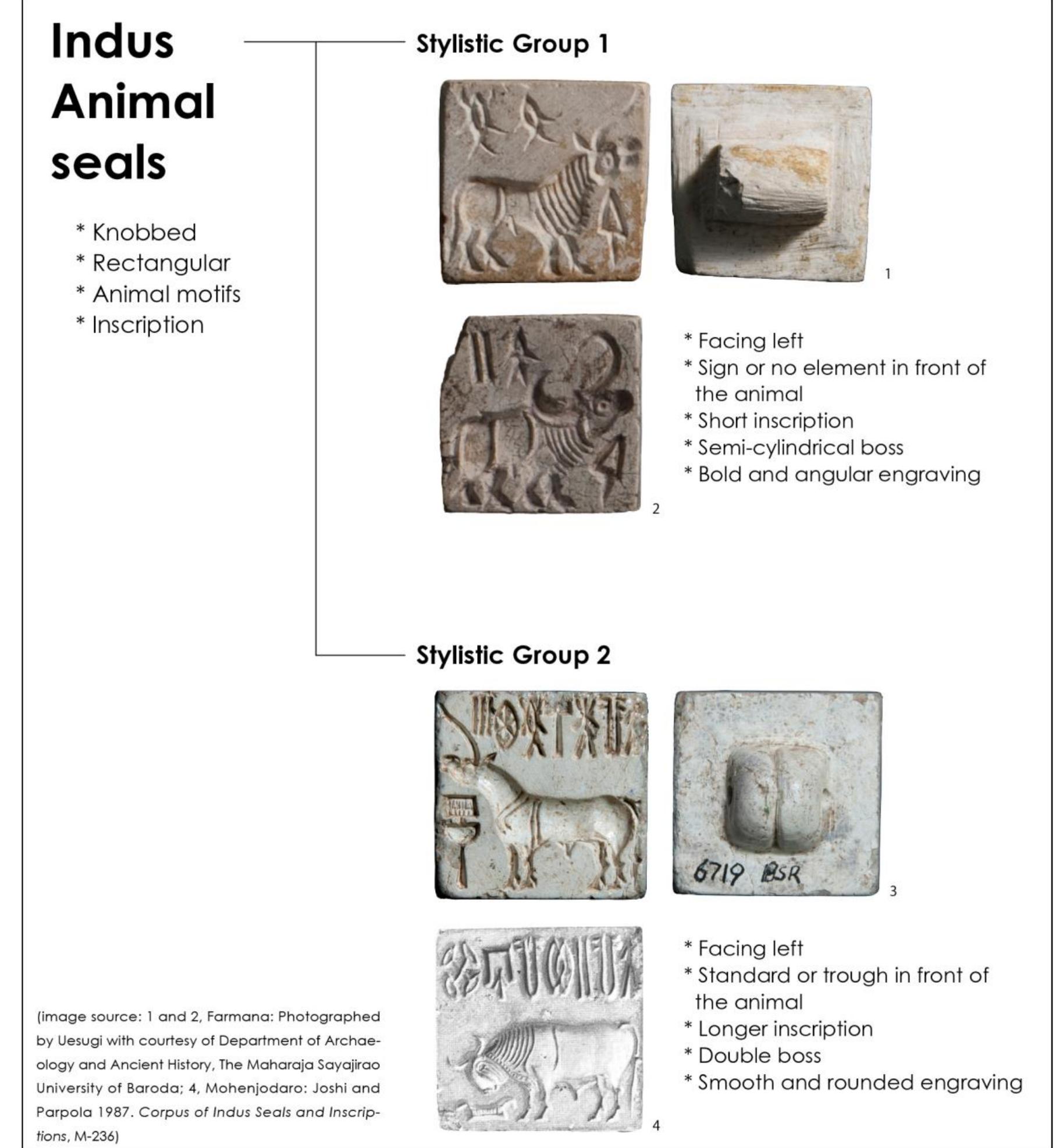


.jpg)








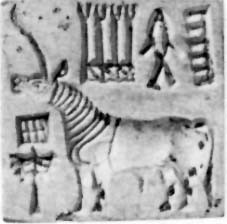
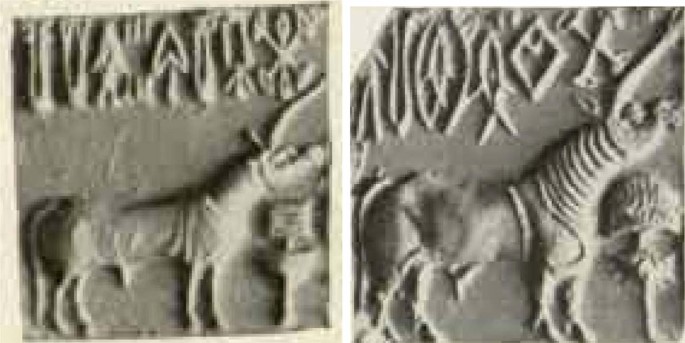



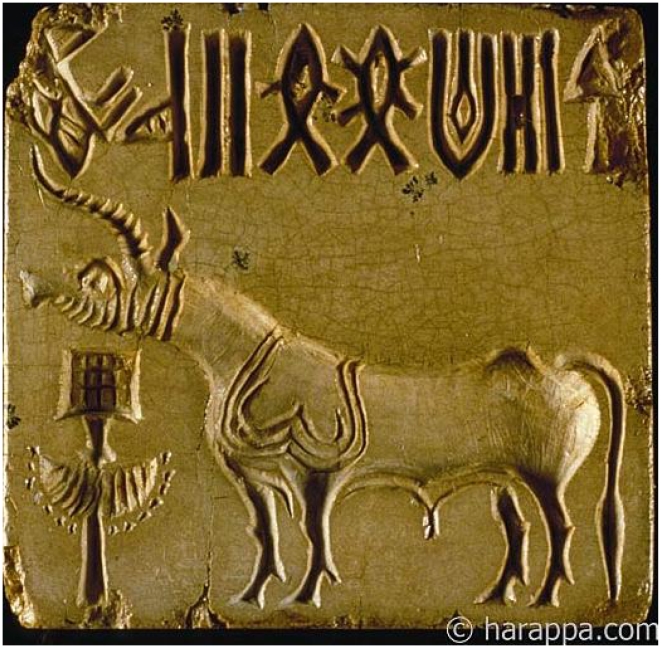






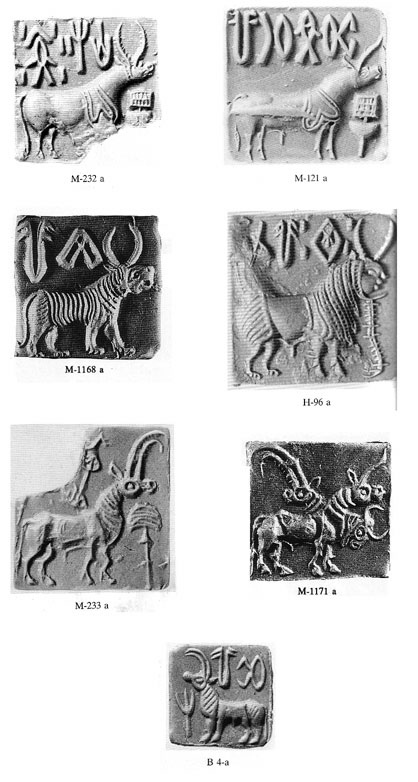






























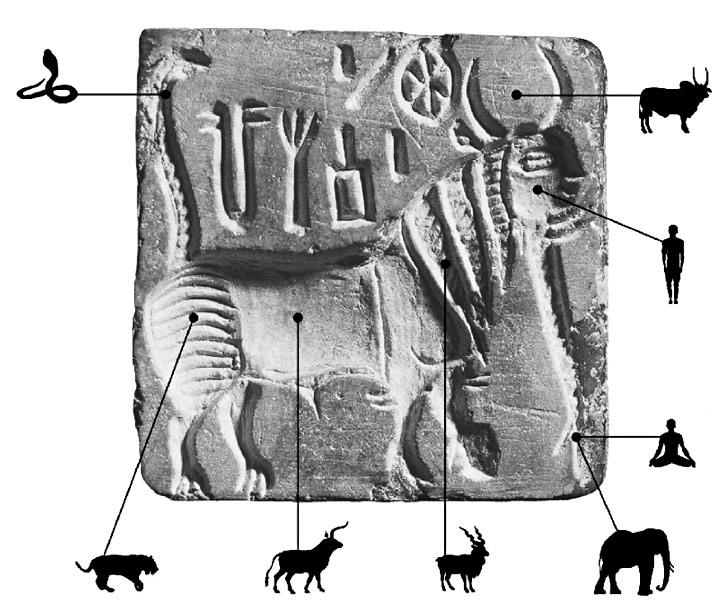






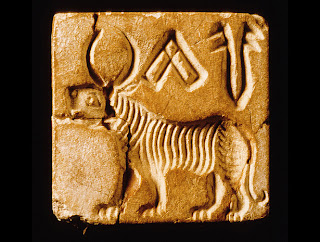
































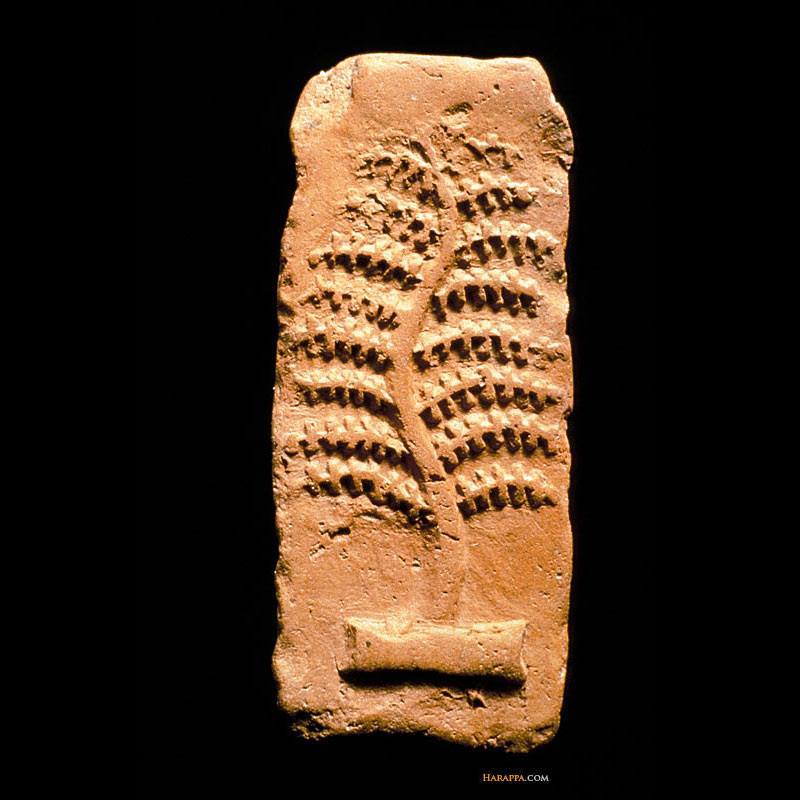



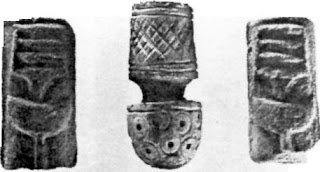

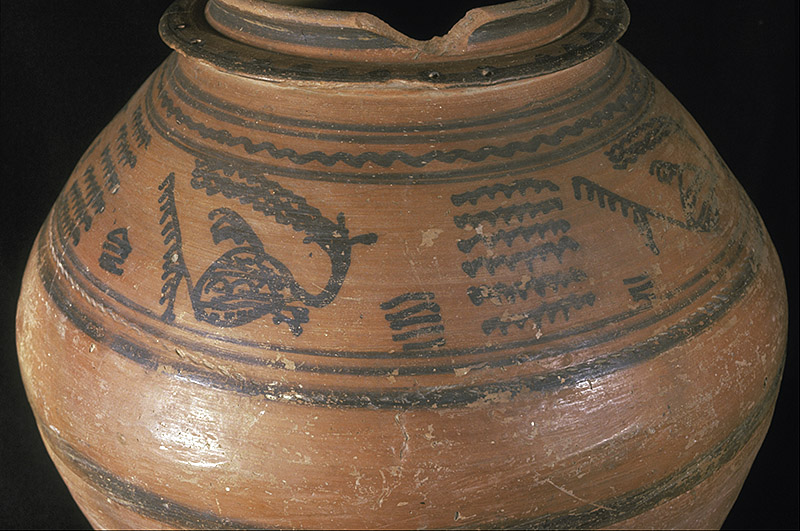























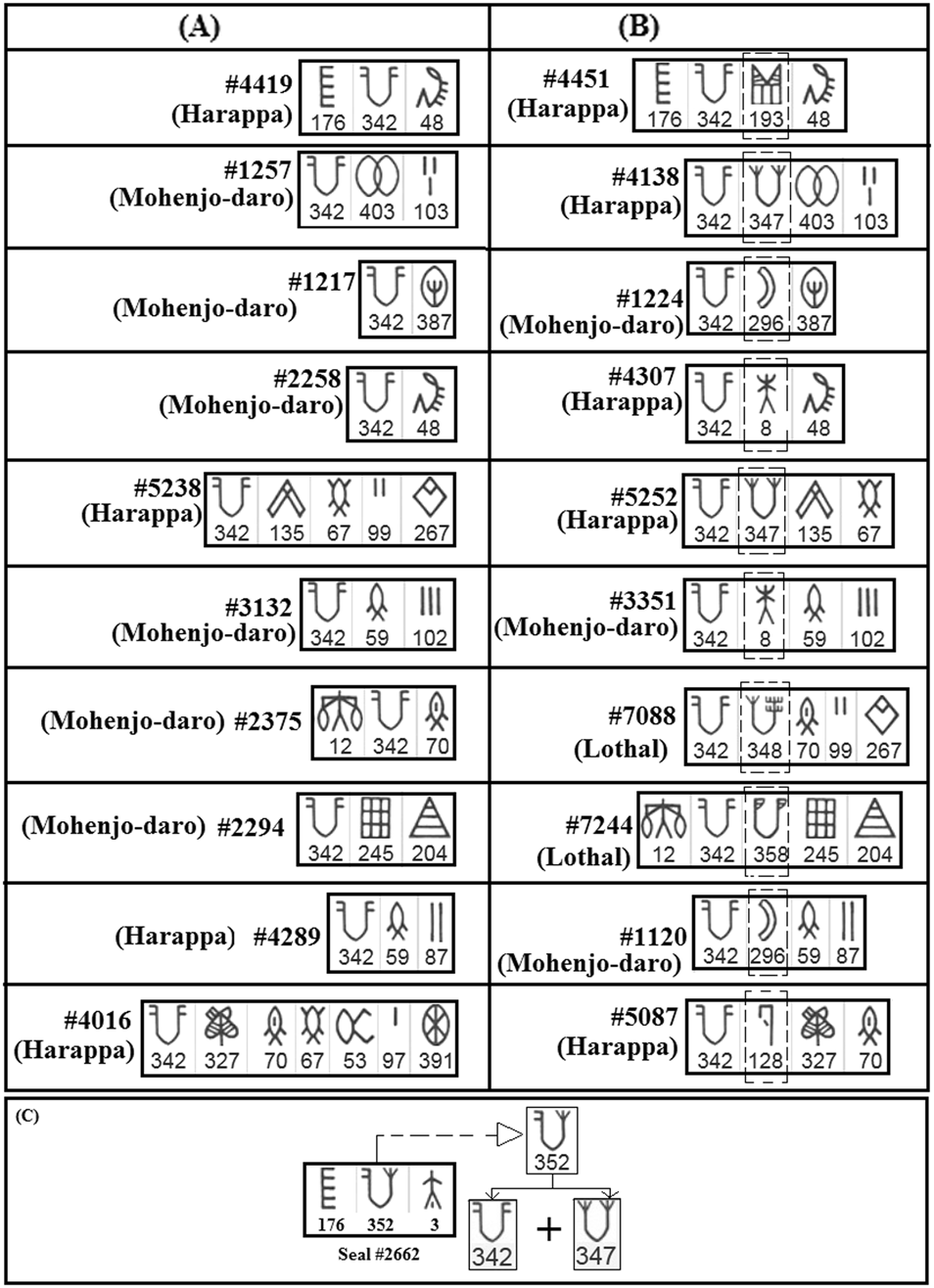











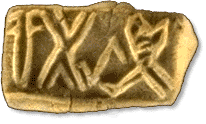

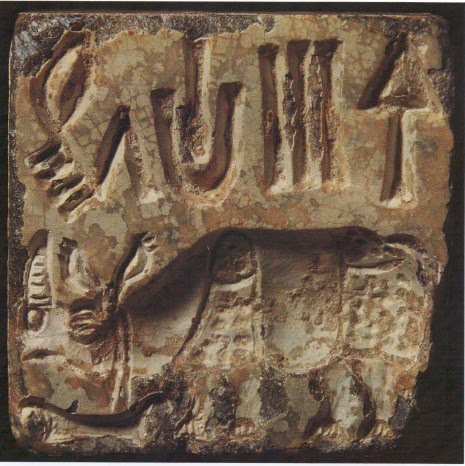



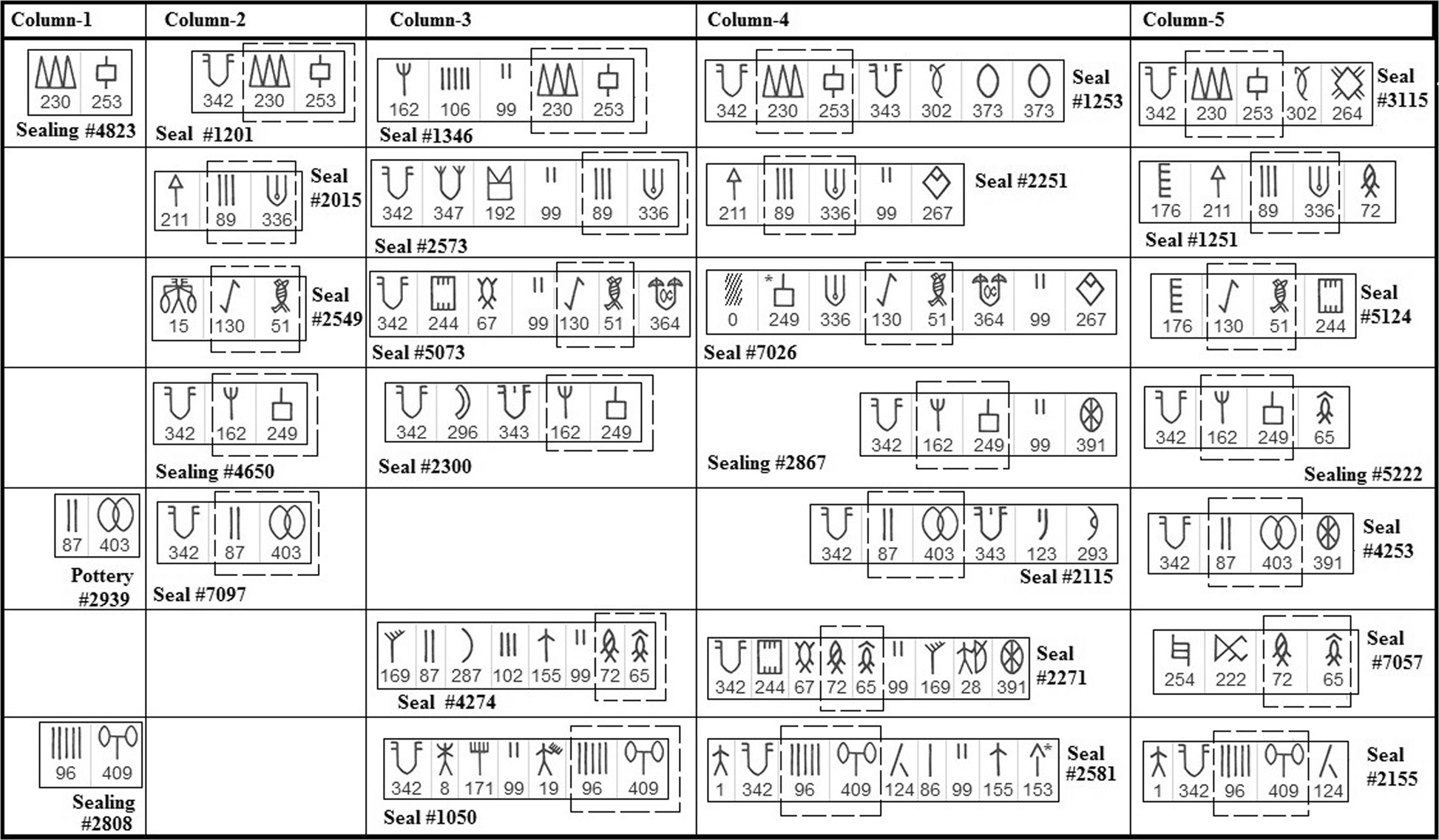




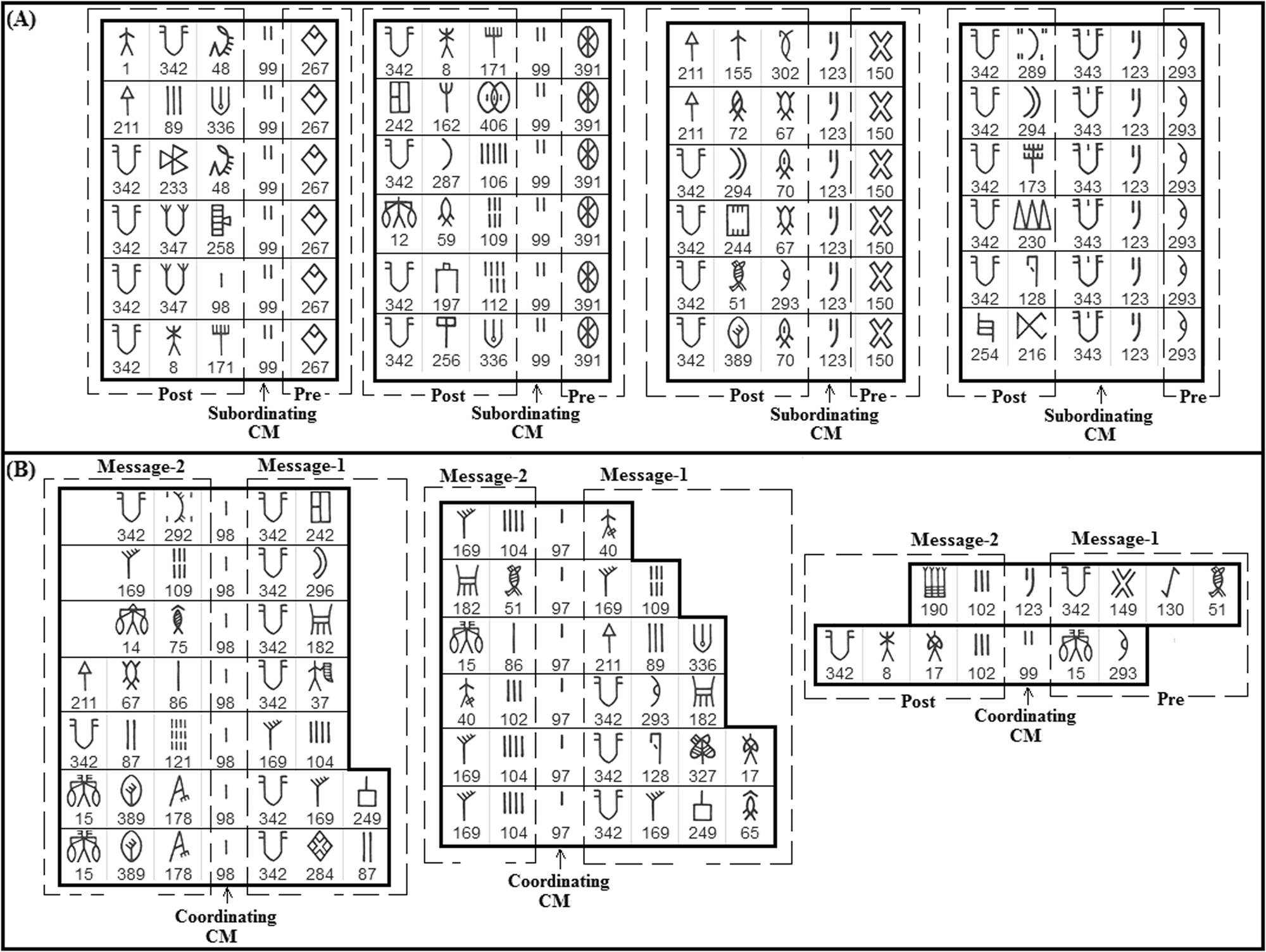
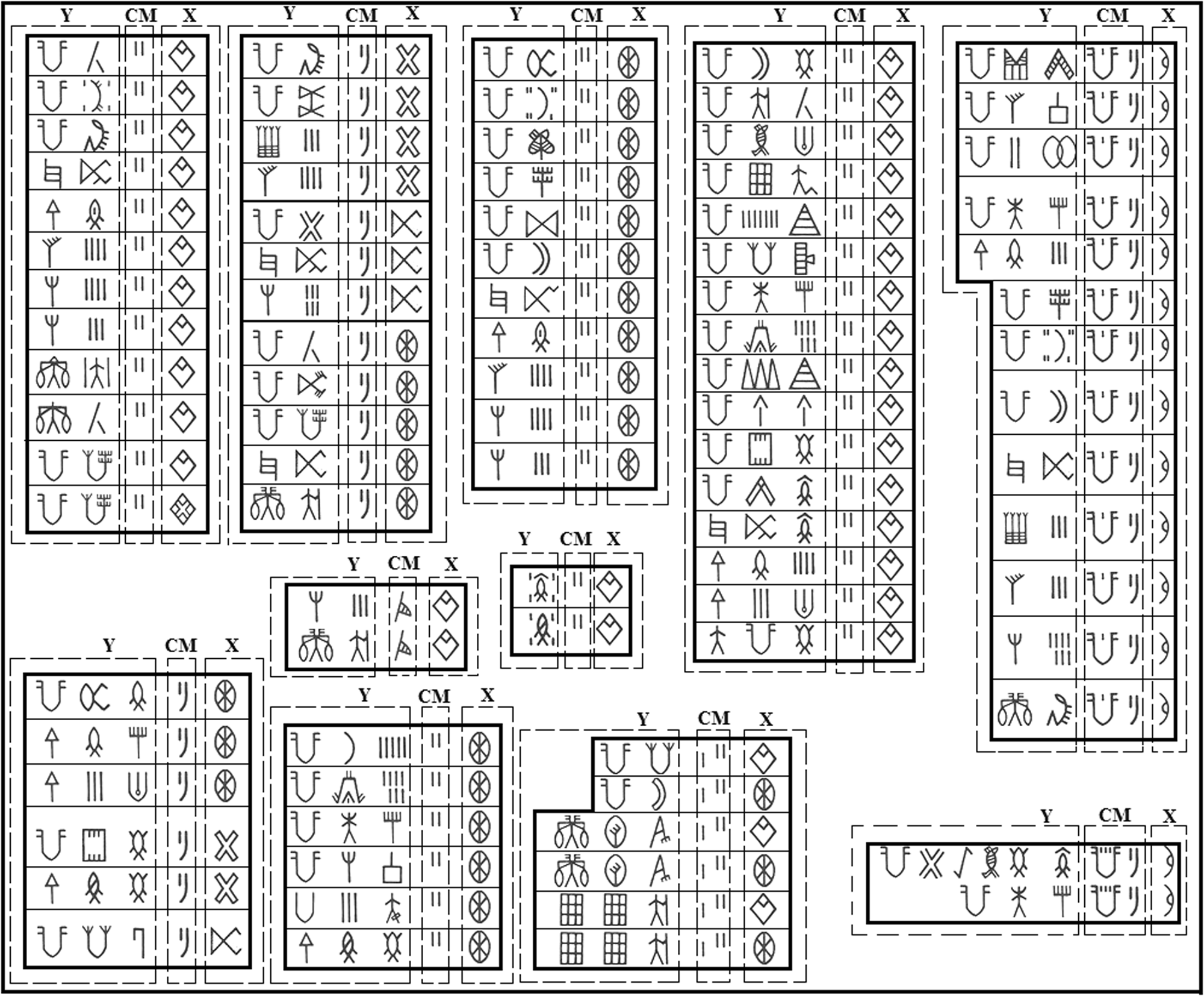


Bookmarks